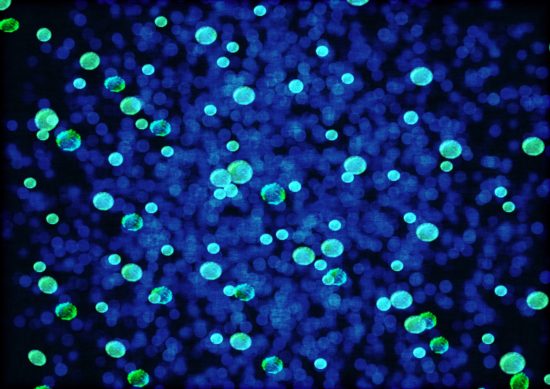Practical nanozymes discovered to fight antimicrobial resistance
Nanozymes, a group of inorganic catalysis-efficient particles, have been proposed as promising antimicrobials against bacteria. They are efficient in killing bacteria, thanks to their production of reactive oxygen species (ROS).
Despite this advantage, nanozymes are generally toxic to both bacteria and mammalian cells, that is, they are also toxic to our own cells. This is mainly because of the intrinsic inability of ROS to distinguish bacteria from mammalian cells.
In a study published in Nature Communications, the research team led by Xiong Yujie and Yang Lihua from University of Science and Technology (USTC) of the Chinese Academy of Sciences (CAS) proposed a novel method to construct efficient-while-little-toxic nanozymes.
AMR NEWS
Every two weeks in your inbox
Because there should be one newsletter that brings together all One Health news related to antimicrobial resistance: AMR NEWS!





